Japan, like any other country, has its share of odd religious movements. Better known as cults, these groups live on the fringes of society, preying on people who find themselves in a vulnerable position in life.
In the last twenty or thirty years, Japan has become a fertile breeding ground for cults and fringe religions of all sorts. Some of this is due to the rigors of modern life; when people become more affluent, they no longer find themselves preoccupied with surviving, and so find themselves longing for purpose. Cults are more than happy to fill that gap. Japan is unique though because its culture–specifically its work and school culture–is very rigid and stressful, far more so than most Westernized countries. This grind pushes some people to drop out of society altogether, or pushes them to the fringe where cults wait with open arms.
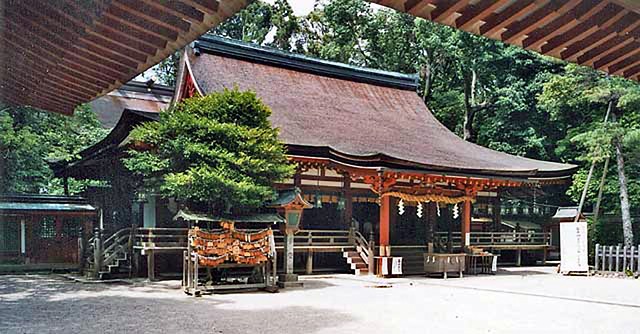
This will be a series devoted to the wide variety of cults Japan is now home to. The best known cult is Aum Shinrikyo, which was responsible for nerve gas attacks in the Tokyo subway system in 1995. However, there are a wide variety of groups, both violent and not, that have sprang up in the last thirty years. Today’s focus will be on the Life Space Movement. Secretive, as cults tend to be, Life Space sprang into the public consciousness in 1999, when police raided a Tokyo hotel room after management called them complaining about odd, reclusive guests who refused to vacate their room. What they found inside was horrifying: a decomposing corpse attended by cult devotees, with the stench of death in the air.
Koji Takahashi and the origins of the Live Space Movement
The story of how a mummified body ended up in a Tokyo hotel room began with Koji Takahashi. Born in 1938, the future guru seemed to lead a mundane life. He lost vision in his right eye at 14 due to an air gun accident. He went on to become an accountant as an adult. Evidently during that time, he began to accumulate an eccentric set of beliefs, based on Buddhism and Hinduism, that he would coalesce into the Life Space Movement, which he founded in 1983. The cult began innocuously enough as a series of self-enlightenment seminars. Costing upwards of $5,000 per course, the seminars involved elaborate role plays where participants would act like they were blind or beggars in order to learn to new perspectives on life.
These expensive courses attracted thousands of people–Life Space reportedly counted upwards of 10,000 people among its ranks at its height–and raked in a great deal of cash for Takahashi. Of these followers, some 200 became the core of the group. These devotees believed in their guru’s powers, and would follow his teachings with blind devotion.
For his own part, Takahashi clearly began to believe himself to be something extraordinary. He claimed to have followed an Indian guru and healer named Sai Baba through 6,000 years of reincarnation. During those many lifetimes, Takahashi believed he perfected the guru’s healing technique, the shakty pat. The technique involves the guru lightly tapping his palms on a patient’s forehead and body, thus transferring his energy into a patient’s body.
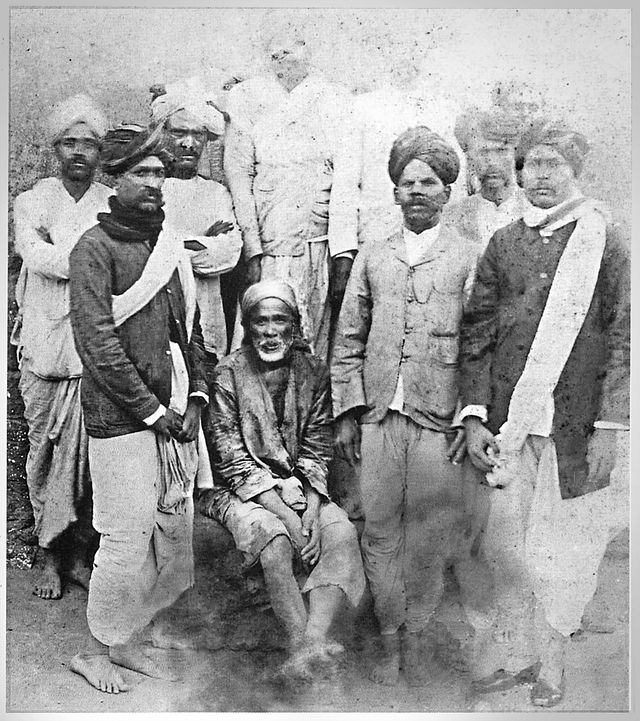
Wanting to prove his powers to the wider world, and no doubt wanting to cement his iron grip over the minds of his followers, Takahashi sought to demonstrate his abilities. He saw the perfect chance to do so when one of his followers, Shinichi Kobayashi, slipped in the bathroom of his home in Osaka, where he hit his head and slipped into unconsciousness. Doctors at the local hospital diagnosed the 66 year old man with a cerebral hemorrhage.
Horror at the hotel
Doctors at the local hospital diagnosed the 66 year old man with a cerebral hemorrhage. Eight days later, Takahashi convinced Kobayashi’s son, Kenji, to remove his ailing father from the Osaka hospital against doctor’s orders. Kenji and two other cult members took the injured man to the hotel where his body would later be found. There, Takahashi began to administer his shakty pat healing method.
What followed over the next four months before Kobayashi’s body was discovered was downright horrific and a testament to the power that cult leaders can hold over their followers. Takahashi demanded this his followers record his treatment of Kobayashi over the course of those long months. The document, called “Father and Son’s Bonds Are Connected at Once When the Son Nurses the Father,” was later found by police and used to implicate Takahashi in Kobayashi’s death.
The account ran for five-volumes and covered 2,000 pages. It covered the “healing” process in detail. Kobayashi was clearly dead soon after the cult leader administered his first shakty pat session. Kenji Kobayashi himself remarked that his father wasn’t breathing, had no pulse, and that his face was green. Despite these obvious signs of death and decomposition, the guru continued to assert that his patient still lived. All signs to the contrary were ignored or explained away. Maggots were called “ascetic tics,” and were seen as a sign of holiness as they supposedly swarmed Hindu holy men practicing along the Ganges River. When followers pointed out that Kobayashi lacked a pulse, the guru dismissed them saying “it is something an amateur can’t recognize.” Adding to the horror is the fact that the group took color photographs of Kobayashi’s rotting corpse which they included in the book.
Aftermath
After the hotel raid, Takahashi continued to maintain that Kobayashi had been alive the whole time, up until police whisked the body away at any rate. According to the cult leader, it was the authorities who killed Kobayashi when they opened him up on the autopsy table. He ordered his followers to write up another book describing the cult’s account of events following the raid and the autopsy. Takahashi himself did a three hour interview with Newsweek to defend himself and his cult.
Police, for their part, weren’t buying it. Takahashi would be charged for the murder of Kobayshi and handed a 15 year prison sentence. In 2003, the sentence was commuted to 7 years when a higher court determined that the killing was not intentional.
Rather than vindicate the cult as Takahashi hoped, the bizarre incident and the publicity that followed led to its near collapse. Its following fell from nearly 10,000 at its peak to an estimated 150 today. After its day in the spotlight, the Life Space Movement continued as it began, on the very fringe of society.
Sources:
Chryssides, George D. “The A to Z of New Religious Movements.” Scarecrow Press. January 1, 2006. pg 204. Retrieved from: http://books.google.com/books?id=Hq988pEebSAC&pg=PA204&lpg=PA204&dq=koji+takahashi+life+space&source=bl&ots=kXduxc4Qzv&sig=SA1q2aEc3rgvxefgfI3vSG11khk&hl=en&sa=X&ei=cFReVN3GLoqsyASD0IHQDA&ved=0CEQQ6AEwCA#v=onepage&q=koji%20takahashi%20life%20space&f=false
“Life Space cult leader gets lighter sentence for murder.” Kyodo News. June 27, 2003. Retrieved from: http://www.culteducation.com/group/1025-life-space/12648-life-space-cult-leader-gets-lighter-sentence-for-murder.html
Wehrfritz, George. “The Corpse and The Cult.” Newsweek.com. December 15, 1999. Newsweek. January 1, 2015. http://www.newsweek.com/corpse-and-cult-163130
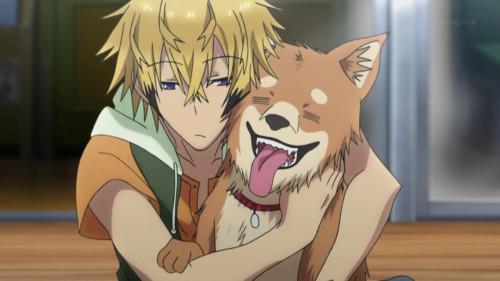
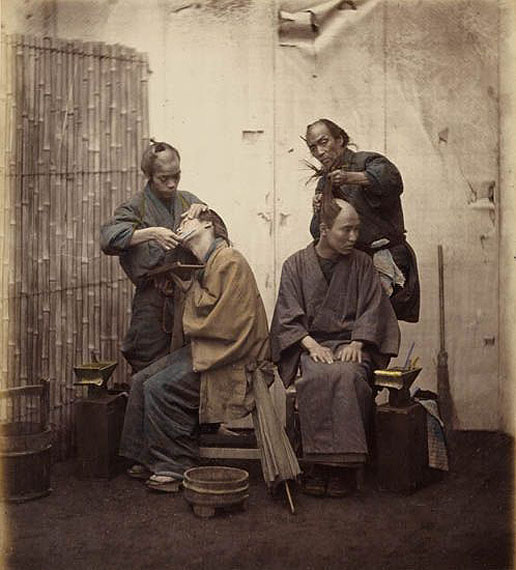
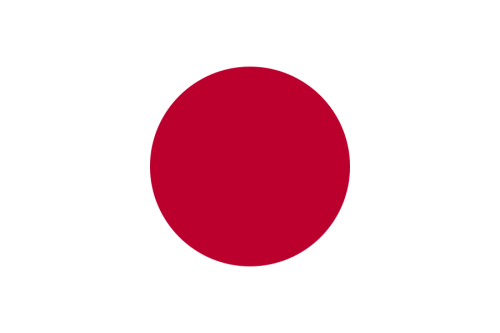
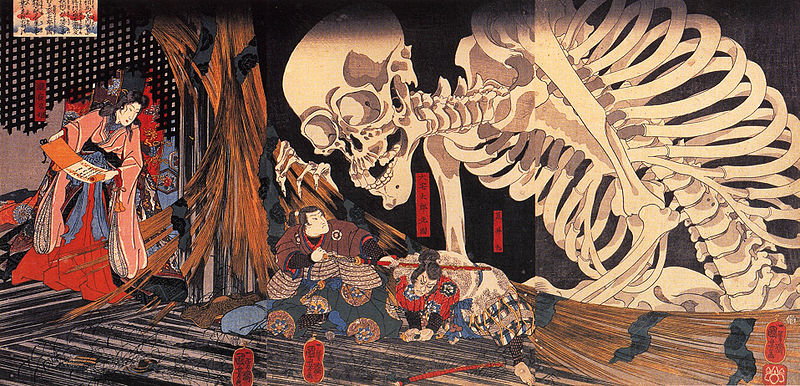
That’s some creepy stuff!
Creepy indeed. Amazing what people will do for a charismatic cult leader, isn’t it?